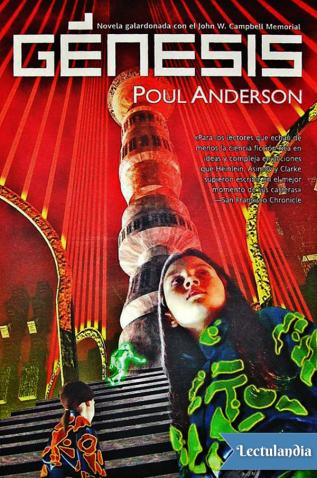James Blish's After Such Knowledge is not a future history but a multi-genre trilogy comprising one historical novel, one contemporary fantasy and one futuristic sf novel. In Volume III, set in 2049-2050, almost the entire Terrestrial population lives in underground city-states that are massive, self-contained Shelters which have long outlasted the threat of nuclear war but cannot now be disassembled or decommissioned. When Blish wrote this novel, that was a conceivable future.
Thus, Blish's global Shelter economy is intermediate between Heinlein's nuclear threat, solved by the Space Patrol, and Anderson's later world concerned with preserving the environment. Maybe we are living into the consequences of not preserving the environment?
Ad astra?

1 comment:
Kaor, Paul!
And there's also Wingrove CHUNG KUO series where China conquered the world and the Son of Heaven decreed that almost all the human race move into giant, above ground shelters called City Europe, City Africa, City North America, etc.
Ad astra! Sean
Post a Comment